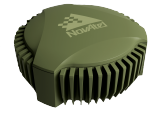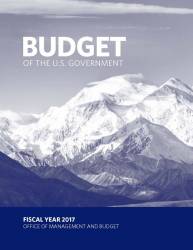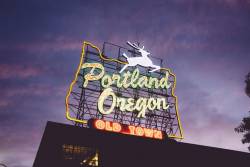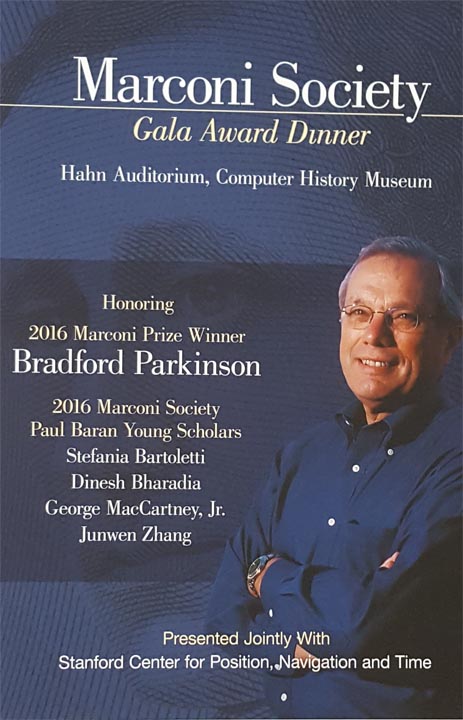GPS PNT Enhances GOES-R Space Weather Satellite Mission
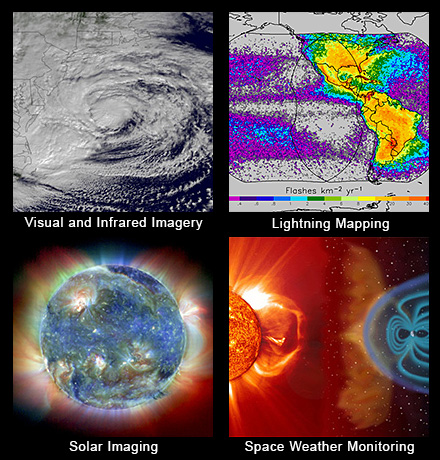 GOES-R primary capabilities. NOAA image
GOES-R primary capabilities. NOAA imageA United Launch Alliance (ULA) Atlas V rocket carrying the Geostationary Operational Environmental Satellite R-series (GOES-R) for National Aeronautics and Space Administration (NASA) and National Oceanic Atmospheric Administration (NOAA) lifted off from Cape Canaveral Air Force Station, Florida, yesterday (November 19, 2016) headed for geosynchronous orbit.
By Inside GNSS

